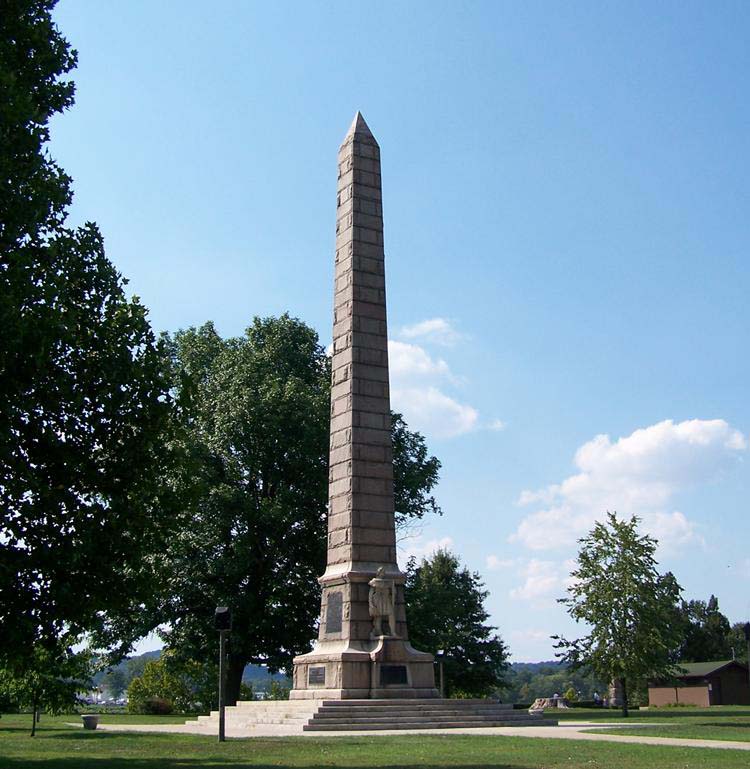It happened one fateful day in 1774, October 10 to be exact. The Shawnee, together with some friends from the Mingo Tribes, decided to attack Virginian military under Colonel Andrew Lewis to stop them from invading Ohio Country. The plan of Lewis was to march into Ohio and claim the land they legally bought for more than ten thousand pounds in the Treaty of Fort Stanwix.
The Treaty of Fort Stanwix was officially sealed on November 5. The British wanted to formally end rifts at its borders, which did took up many of their gold. The Native Americans on the other hand, feared loss of land in case they lost to the Dutch (which was a possibility) and the Brits decide to expand their territory by force.
The Bloody Battle
The Battle of Point Pleasant was started by Cornstalk, the chief of the Shawnee tribe. They were angered that they were left out in the treaty and felt neglected. They did not receive any money even though their land was part of the barter. Cornstalk didn’t feel like giving up or selling their land at all. They planned to fight Lewis’ troops of 1,100 men. But because the tribe’s number was only about 300 to 500, they were outnumbered but not easily defeated.
The Battle of Point Pleasant lasted for many hours and became a bloody fight. Many warriors were lost at a 5 to 1 ratio, in favor of the natives. Cornstalk retreated however because he was informed that reinforcements from Dunmore were coming. In the end, there were about 33 bodies discovered dead in the part of the tribe, while 75 were killed and over a hundred were wounded in the other party. Realizing the death of his brothers in their little population, Cornstalk finally retreated after some time and signed the Treaty of Camp Charlotte, surrendering their piece of land to Virginians.
Background History
Although born in Genoa but Italian by blood, Christopher Columbus’ loyalty to naval exploration made him deeply connected to Portugal. Portugal at that time was famed for its advance marine travels and had already uncovered much of before uncharted land. The explorations where supported, if not started, by the kings and the royal family to start with. Prince Henry of Portugal who was interested in naval exploration himself, created the first school for aspiring territorial discoverers, the Naval College and Observatory.
Columbus went to the capital of Portugal, Lisbon, to learn more about his quest on discovery. There he met a lady who became his wife, Felipa, who was the daughter of the respected navigator Bartholomew de Perestrello. Living in Portugal, his love for naval exploration deepened, as encouraged by her mother-in-law. It was some years later when he first presented his plan of travel to the king.
It was in October 12, 1492 when Columbus had finally reached what we now know today as America. However, unlike the new world people had imagined and have heard of in the myths, the “new” world wasn’t new to tribes at all. Many ethnic groups have been living and feeding on America’s natural wealth. After some time, the British came to colonize the new world and started settlements which were known as the Thirteen Colonies. For years they lived by the rifts with their mother country but peacefully with the native tribes, until the Battle of Point Pleasant.
